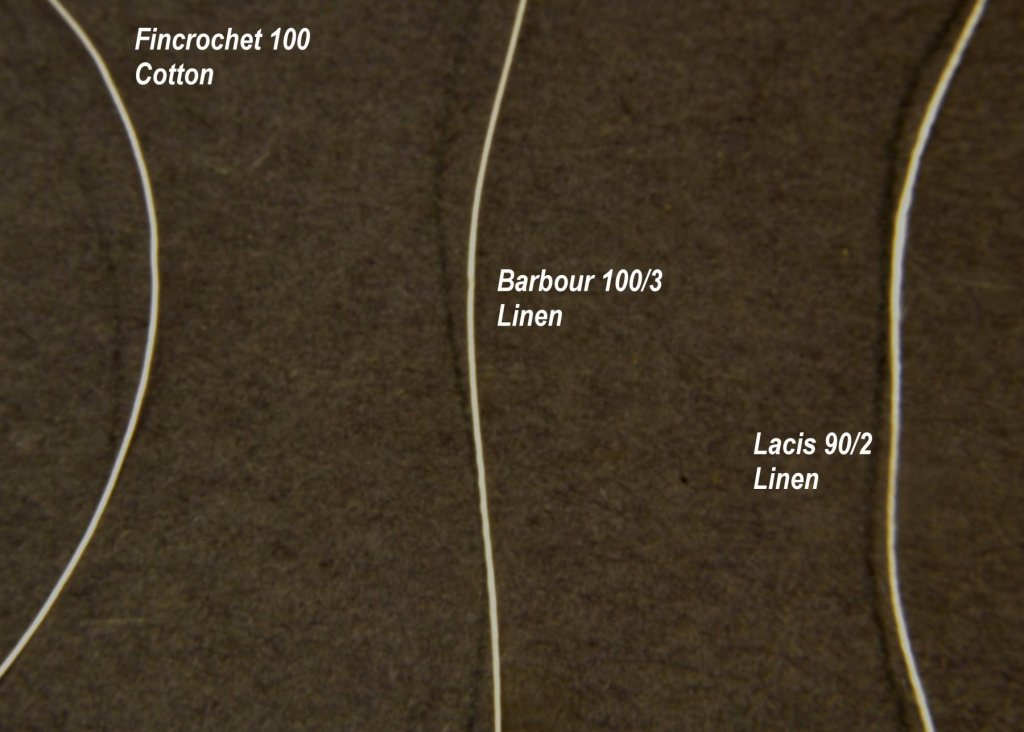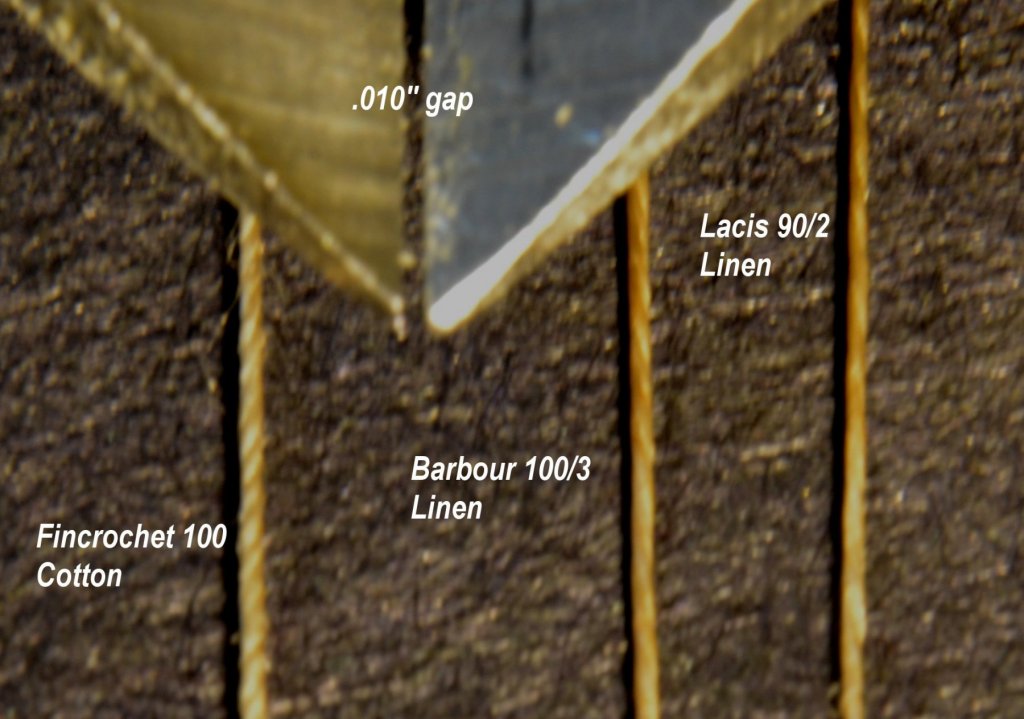-
Posts
13,298 -
Joined
-
Last visited
Content Type
Profiles
Forums
Gallery
Events
Everything posted by druxey
-
Frank: I'm sorry to read that you have other more pressing matters right now, and hope that they are not too serious. Best wishes while your attention is focussed on these. We can wait until you return.
-
Venting a case will help, but not necessarily eliminate the issue. Sealing lead-bearing metal parts before they deteriorate with something like clear nail varnish will also help, but is no guarantee against break-down over time. The most effective measures? Never use lead or white metal parts. Replace them with lead-free fittings and dispose of the originals using hazardous materials handling and at a suitable waste facility.
-
Congratulations, Dan. I agree that the light maple base drew the eye too much away from the model. A good decision to stain it. Well done all round.
- 287 replies
-
- michelangelo
- ocean liner
-
(and 1 more)
Tagged with:
-
I've never seen a Fearsome Step Drill before. I'd be terrified to use it on anything, let alone my model! You must have nerves of steel.
-

Girona by augustus
druxey replied to augustus's topic in - Build logs for subjects built 1501 - 1750
Don't the side planks curve up more to match the top of the sides? -
You may need to take an average reading between uncompressed and maximum compression, Rob.
- 3,618 replies
-
- young america
- clipper
-
(and 1 more)
Tagged with:
-

HMS ANSON 1781 by albert - 1/48 - 64 guns
druxey replied to albert's topic in - Build logs for subjects built 1751 - 1800
Very, very organized and neat as well, Albert! -
Nice painting. It could use a clean and revarnish to bring out the true colors. Hopefully you have a professional conservator nearby: that painting is worth it.
- 1,208 replies
-
- great republic
- clipper
-
(and 1 more)
Tagged with:
-
If a thread is laid up right handed, and you need to spin a right-handed line, all you need do is 'unspin' the separate strands (threads) first. As the headstock turns the strands will slacken, so move the tailstock away from the headstock. At a certain point the strands will commence to lay up again left-handed and you will see the tailstock begin to move toward the headstock. Check with a loupe until the strands are fully laid left-handed and continue to spin your line as usual.
- 3,618 replies
-
- young america
- clipper
-
(and 1 more)
Tagged with:
-
Grumble about the time it takes to 'treenail'? Try a ship of the line! Seriously, your model looks very nice, Chuck. One question: weren't bottom boards removable for bailing and repair purposes? If so, that means less treenails!
- 421 replies
-
- medway longboat
- Syren Ship Model Company
-
(and 1 more)
Tagged with:
-
If you decide you'd like to try ship model-making, you will find plenty of willing, friendly hands to offer tips and advice in support of your efforts.
-

Cutting Planks
druxey replied to sfotinos's topic in Building, Framing, Planking and plating a ships hull and deck
I cut the planks either side of a port slightly overlength then, using a sanding stick with beveled sides away from the sandpaper face, gently sand to the frame edge. To keep the port square athwartships, the stick is rigid and long enough to pass through the port opposite. -

White caulking?
druxey replied to Bare_Koala's topic in Building, Framing, Planking and plating a ships hull and deck
If it is a large scale model, thin plastic sheet does nicely. -
Ten! Those are the most pintles and gudgeons I've ever seen on one rudder! Well done - such neat work!
- 487 replies
-
- ship of the line
- 80 guns
-
(and 1 more)
Tagged with:
-
Sorry you are under the weather: I hope you recover soon, Rob. What you did get done looks neat, though.
- 1,208 replies
-
- great republic
- clipper
-
(and 1 more)
Tagged with:
-

Caroline's bottom
druxey replied to GrantGoodale's topic in Building, Framing, Planking and plating a ships hull and deck
That is an interesting theory, John. Thank you, and see Dafi's post #20. Also, one would hardly describe studded nails as a 'coat'. This implies a mixture applied by brush (e.g. "a coat of paint"). Also, copper nails would surely last longer than over a single winter. Copper apparently turns green only at the waterline where there is more oxygen exposure: it would turn brownish underwater.
About us
Modelshipworld - Advancing Ship Modeling through Research
SSL Secured
Your security is important for us so this Website is SSL-Secured
NRG Mailing Address
Nautical Research Guild
237 South Lincoln Street
Westmont IL, 60559-1917
Model Ship World ® and the MSW logo are Registered Trademarks, and belong to the Nautical Research Guild (United States Patent and Trademark Office: No. 6,929,264 & No. 6,929,274, registered Dec. 20, 2022)
Helpful Links
About the NRG
If you enjoy building ship models that are historically accurate as well as beautiful, then The Nautical Research Guild (NRG) is just right for you.
The Guild is a non-profit educational organization whose mission is to “Advance Ship Modeling Through Research”. We provide support to our members in their efforts to raise the quality of their model ships.
The Nautical Research Guild has published our world-renowned quarterly magazine, The Nautical Research Journal, since 1955. The pages of the Journal are full of articles by accomplished ship modelers who show you how they create those exquisite details on their models, and by maritime historians who show you the correct details to build. The Journal is available in both print and digital editions. Go to the NRG web site (www.thenrg.org) to download a complimentary digital copy of the Journal. The NRG also publishes plan sets, books and compilations of back issues of the Journal and the former Ships in Scale and Model Ship Builder magazines.




